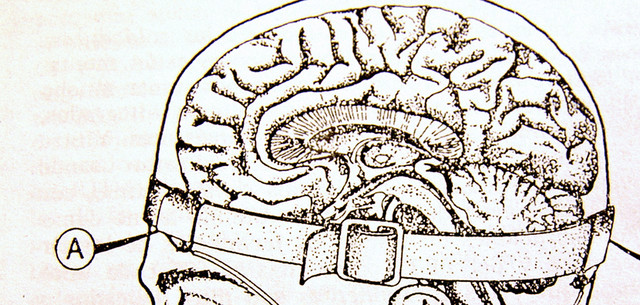

The team behind Apple Notes understands this concept. Note-taking, by its very purpose, should be as simple, lightweight and frictionless as possible – Evernote became the antithesis of that for me.

I’ve tried lots of notes apps, but I always seem to come back to Apple Notes.įor instance, I was an Evernote user for several years, but that app became incredibly bloated as it was continually overdeveloped. I just needed an app to help me design my second brain. Within the first few minutes of reading Forte’s book, I knew he was onto something it looked like he had an answer for my note-taking woes. But the reality is quite different like so many people, I write stuff down, save interesting webpages, and make lists – and then fail to do anything with any of that stuff. The idea of having a wealth of knowledge filed away that I can call on at any time is inspiring. Where to start? What to do with all of those historic notes? Which app should I use? How can I compile both hand-written and typed notes?ĭespite this, I’ve always loved the thought of being a productive note-taker. Reorganising my notes and adjusting the way I take notes has felt like a herculean task until now. It’s one of those things that I’ve always known to be an issue, but which I’ve never bothered to sort out. I’m pretty good at keeping track of those things in Notion and TickTick, but I’ve always struggled when it comes to knowledge management. Like most businesses, Mark Ellis Reviews consists of many concurrent projects, processes, strategies, and goals. Rather than simply taking notes and either leaving them disorganised or chucked into category folders, they’re saved based on actionability.
Apple notes as second brain code#
I won’t go into the specifics of CODE or PARA, because I’ll only butcher their definitions, but suffice to say they both result in a note-taking and filing system that immediately makes sense. This encourages you to place each note in one of four areas: projects, areas, resources, or archives. Within your notes app (which is the vehicle for your second brain) Forte recommends using a system called ‘PARA’ to organise your notes. Just file it away in your notes app to ensure that thought isn’t lost forever. collect), but don’t worry too much about why you’re writing it down – that comes later. If something surprises or inspires, you note it down (i.e.

The idea is that you make note-taking a habit. It’s one of those blindingly simple concepts that you wish you’d known years ago and it revolves around four steps known as CODE: Tiago Forte thinks he has the answer to this, and he calls it the ‘second brain’. It just lies in whatever form it was taken, dormant, unloved, and in no way capable of benefitting my business or personal growth. I’ll jot down thoughts, grab clips from websites, take photos of stuff that inspires me, and note down the salient points from each meeting I attend.īut I rarely do anything with this stuff. I’ve talked about this a fair bit in the past my notes are strewn across Apple Notes, Notability, and, occasionally, traditional pen and paper.Īs a result, I rarely benefit from the notes I’m taking. If you’re like me, you’ve probably got notes scattered everywhere. Oh, and I’m in no way affiliated with Tiago (or his book) and this blog post isn’t sponsored. In fact, I think they’ve completely nailed it. More impressively, it’s a guide that has revealed just how bad I’ve been at note-taking for my entire adult life.īuilding a Second Brain has also indirectly confirmed how useful Apple Notes can be, and why the approach Apple has taken with the app’s development is anything but lacklustre. If you’ve not heard of this concept before, I’ll explain what a ‘second brain’ is in a moment, but I’d like to first confirm that Forte’s book has completely transformed my relationship with Apple Notes – in one weekend. I am currently addicted to Building a Second Brain by Tiago Forte.


 0 kommentar(er)
0 kommentar(er)
